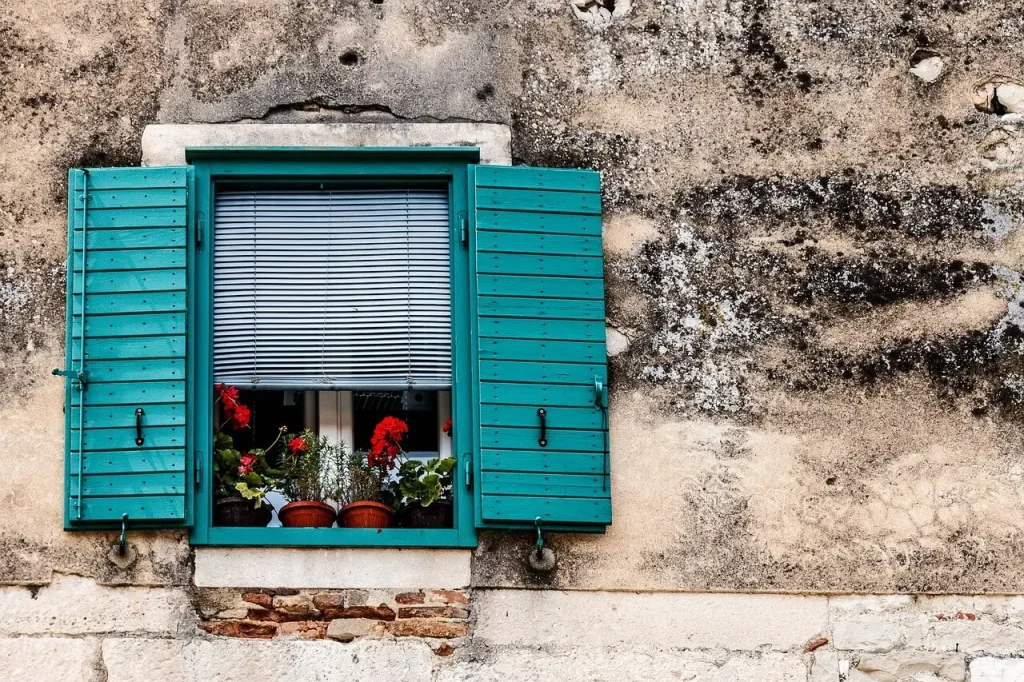According to the new census, Split has 59,947 households and 77,309 apartments, which means that there are 17,362 empty housing units in its area, reports Slobodna Dalmacija.
That is, almost every fourth apartment is empty. If we look at the city without the settlements that administratively belong to it: Žrnovnica, Slatine, Donje Sitno, Gornje Sitno, Kamen, Stobreč, and Srinjine, then Split has 16,069 empty apartments.
This does not mean that all empty flats are also tourist apartments – some owners use them occasionally, and some do not use them at all. But a good flat today is undoubtedly intended for tourism. Several apartments are empty and used only during the season, and prices are multiplying. According to the Central Bureau of Statistics, in the last quarter of 2021, the prices of apartments on the Adriatic were on average 38 percent higher than in 2015.
In parallel with the rise in prices, the number of inhabitants is declining, but empty flats are growing. There were 4,500 in the 2001 census, and only a few years later, at the time of the Split GUP, 6,000 apartments did not have electric meters. Since the last census in 2011, Split has lost more than 16,800 inhabitants and has 17,300 vacant flats. In the meantime, the number of accommodation capacities has increased tremendously.
According to the data of the Split Tourist Board, in 2019, 23,657 beds were registered in households in the city. However, due to COVID, the number of registered accommodation capacities is decreasing, so in 2021 and 2022, the number is the same, and 20,547 of them are registered as household beds.
Housing, on the other hand, is growing. For example, in Mejaši, more precisely around the “Mall of Split” shopping center to the junction with Vukovarska Street, building permits have been issued, or applications for their issuance have been submitted for more than 450 apartments in the last two years.
Although the location and the associated housing conditions could by no means be called elite, this is not an obstacle to the rage in prices. On the contrary, the public was amused and shocked by the ad in which about 4,000 euros per square meter were demanded for a 14-square-meter studio apartment in that neighborhood.
However, children attend the overcrowded Mejaši Elementary School in three shifts. The head of the Split Social Services Department, Mate Omazić, told Slobodna that the City has problems finding a suitable plot of 10,000 square meters to construct a school with a hall in Kila, in the Mejaši district where POS apartments were built.
This example clearly shows why young people are leaving. Namely, affordable apartments are not built, while they are costly in favorable locations and are constructed primarily for tourism or for the temporary stay of those with deeper pockets.
Apartments in poorer locations, which are bought mainly by people in Split today, are too expensive considering what the location offers. Moreover, the environment in which such new buildings are located is poor in infrastructure, greenery, and public facilities. Therefore, the overall impression of such ambiance seems relatively poor compared to the money required to buy real estate, especially when compared to Split in the second half of the 20th century when the city’s development was meaningfully planned.
An expert in spatial planning and a member of the Spatial Development Council in the competent ministry, architect, and urban planner Gojko Berlengi predicted in an interview with Slobodna that there would be more than 10,000 vacant apartments in Split in the census. As one of the reasons why apartments under Marjan are expensive and empty, he points out the tax policy, which is not fair to the owners of hotels and other forms of accommodation.
“How many times bigger is New York than Split? And there are only four times as many apartments in private accommodation? They are taking measures to limit the number of flats and require apartment owners to be domicile residents. In our country, the privileged tax on apartments was introduced as a reasonable social measure to help households with a surplus of space and a lack of income. In the end, it turned out that a man came, for example, from Varaždin, and invested in five apartments in Žnjan. He uses a privileged tax, competes with hotel owners, and has a very short season that produces huge peak loads, which the City needs to deal with, from traffic, water, sewage, waste disposal… When entering into a thorough calculation of all negative externalities, cities, and municipalities are thus de facto at a loss,” explains Berlengi.
“I am interested in the extent to which the Split Development Strategy and the Agglomeration Strategy, as well as the County Development Plan, will answer such questions. For example, what does one zone with apartments on Žnjan mean to Split? How much tax revenue does the City carry per hectare, and how much does it cost in utility equipment and maintenance? We have vacant apartments and people who have not resolved the housing issue, and at the same time, the city space is being spent on building overpriced real estate. There are public policies that can address this, resulting in these apartments being used for housing and being offered on the market at normal prices, especially if there are more than households. Tax measures and other public policies from the existing fund should activate apartments in the function of housing,” Berlengi believes.
Berlengi adds that it is logical that the tax for this activity should be low, but only for people who live on the islands and the coast, where they have one or two apartments. But it is not logical, he says, that as a consequence, it starts to turn into the construction of apartment houses on Žnjan, which are empty for most of the year.
“Half of them are summer apartments, some of a higher standard. When you come, you find the key. You leave it in the mailbox, everything is anonymous, and at the same time, it goes under the lower tax of accommodation in a family household, which should be an incentive for local residents. It is not logical to reward rich people who are not domiciled. Numerous cities worldwide handle things like this, so you can’t rent if you’re not domiciled. In addition, they limit the number of rental days per year and thus stimulate year-round rental. We want to equalize these forms of renting so that the owner does not have the advantage of renting an apartment to tourists compared to year-round rent to families,” says Berlengi.
As a result, the number of apartments has doubled since 2012, although the Tourism Strategy foresaw that apartments in Croatia would remain in that number. The infrastructural load in the summer is vast because from Trogir to Omiš, there are 80,000 beds in apartments.
Will the real estate bubble burst? Berlengi believes that valuable real estate is always on price. However, at the other end of the spectrum are numerous lower-quality properties on the city’s outskirts that could be a problem.
“Anyone who has invested money in them at one point may have difficulty cashing in if, of course, there is not as much demand for housing due to fewer residents and households. Dwellings have become a commodity that preserves the value of the property. However, it is like a financial pyramid, and any such pyramid eventually collapses. I don’t see how this could survive in the long run if you don’t live in those apartments and if a normal real estate tax is introduced, so unused real estate becomes an expense. But our state is slow, and perhaps the problem is that those who decide on it have too much real estate themselves. For now, the state de facto supports the rentier mentality. It sterilizes financial capital for productive investments by buying unnecessary real estate; for example, we have thousands of hectares of uncultivated land, and we import billions of euros of food,” adds Berlengi.
“Split has increased the number of apartments by five to six times. There are almost 10,000 apartments in Split, about 8,000 in Vienna, about 50,000 in Paris, and about 40,000 in New York. I see this as the primary form of pressure on coastal settlements and space, but also on the affordability of housing because apartments are becoming too expensive, which with already negative demographic trends is driving local people out of cities,” concludes Gojko Berlengi.
For more, check out our dedicated lifestyle section.











